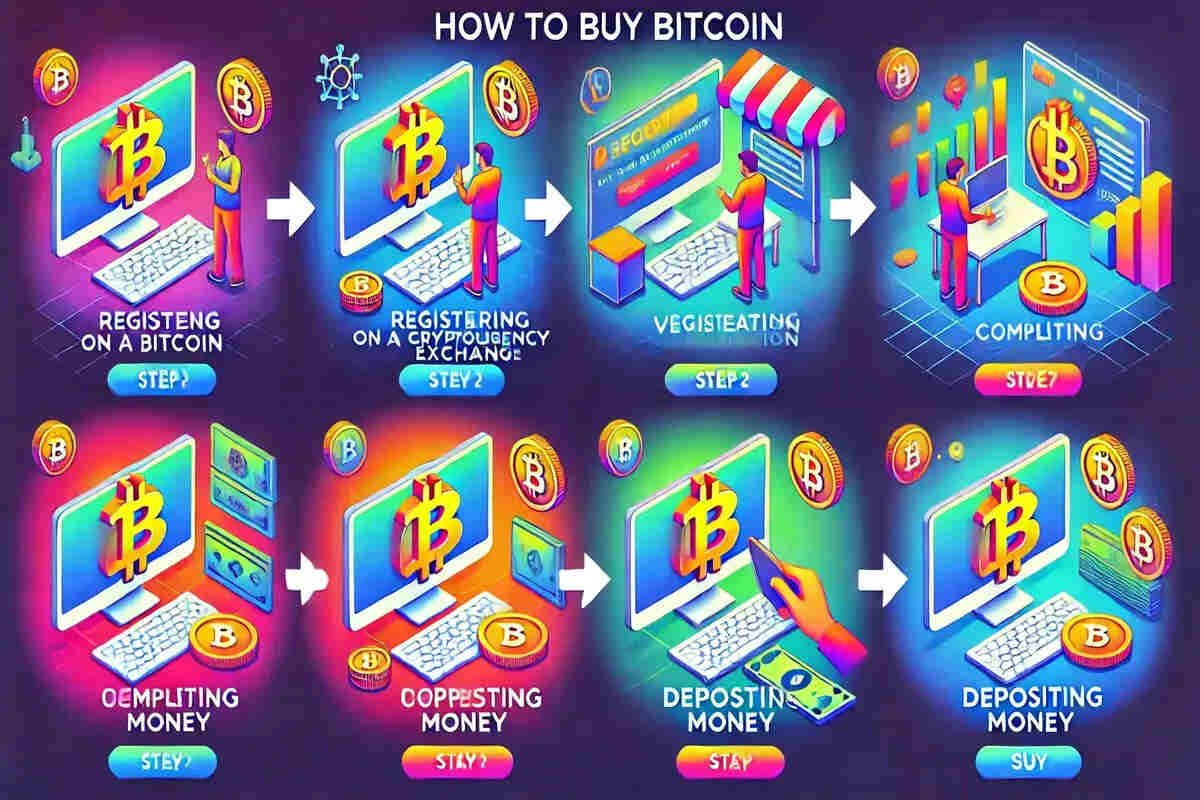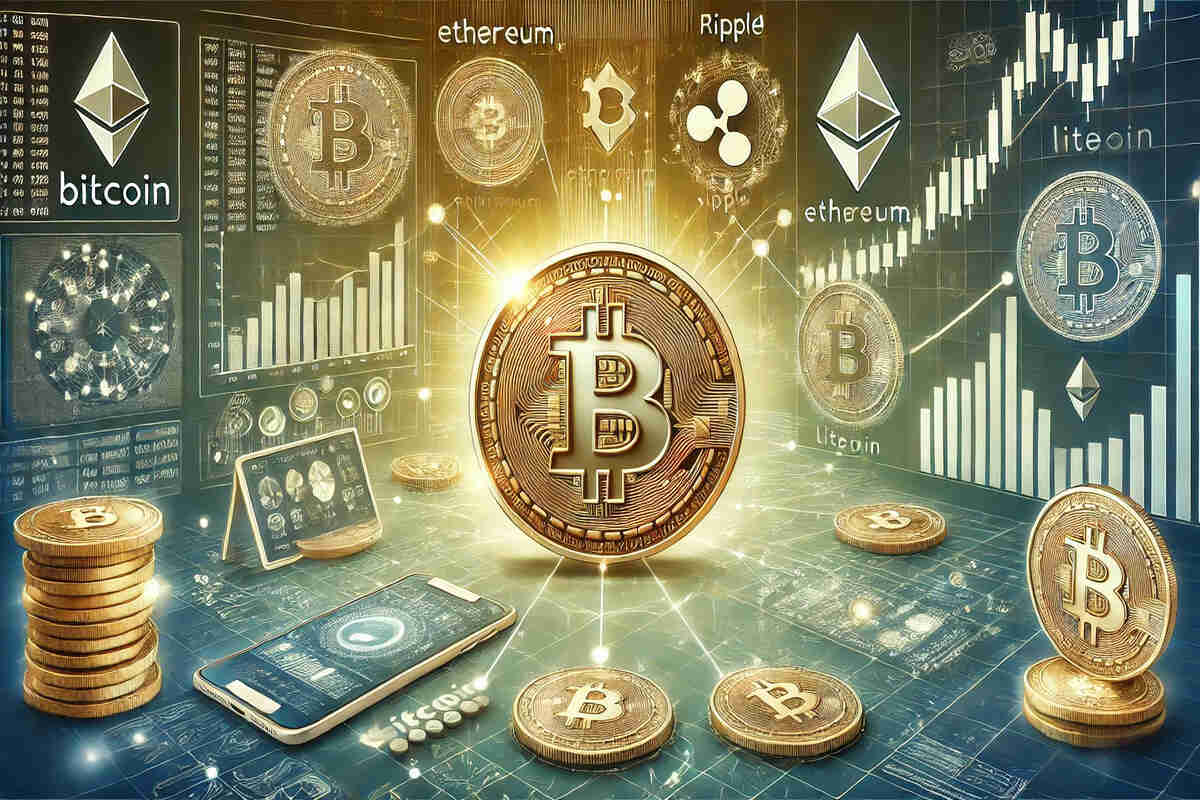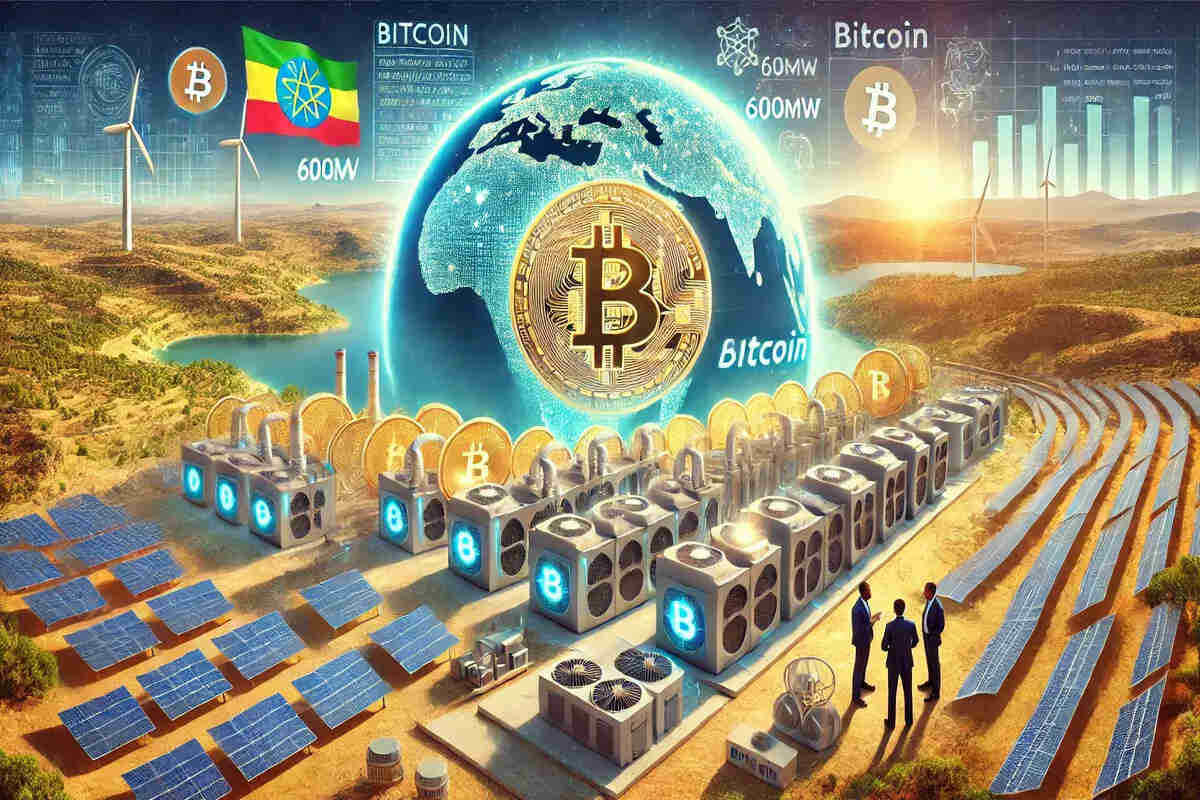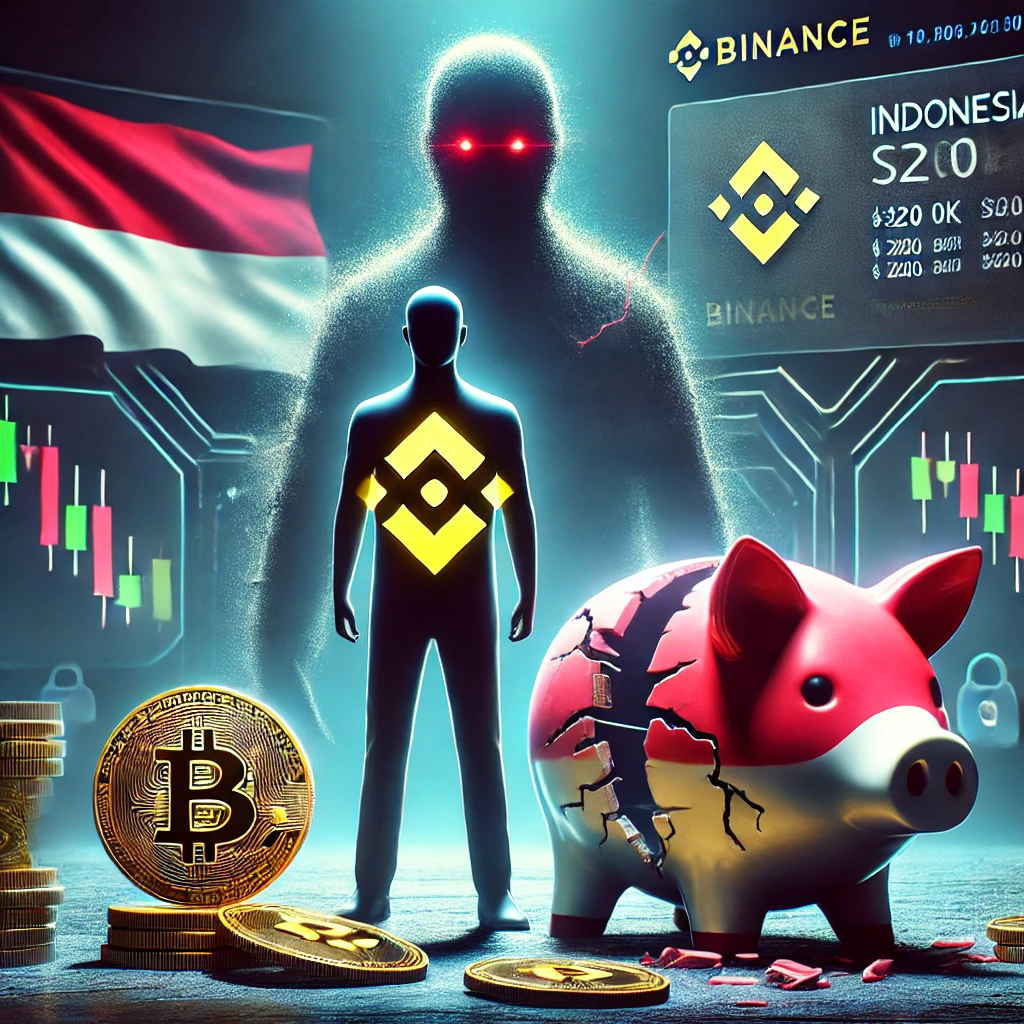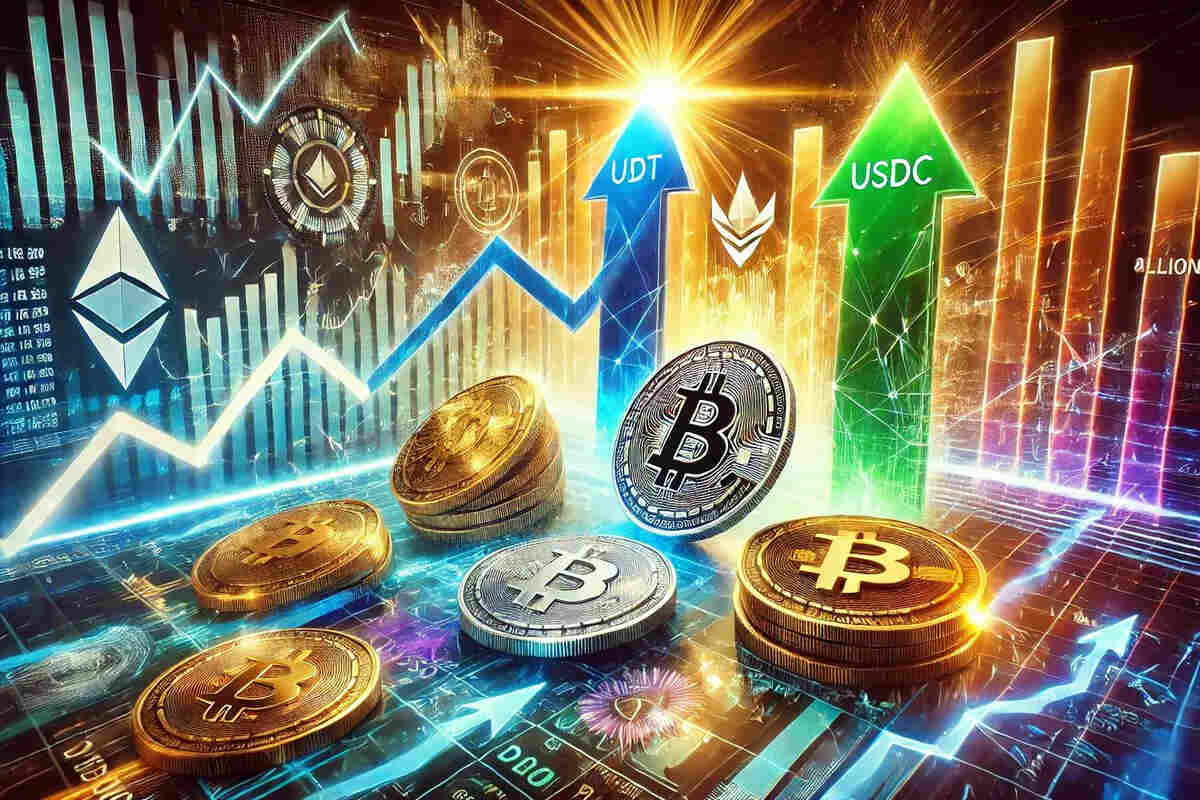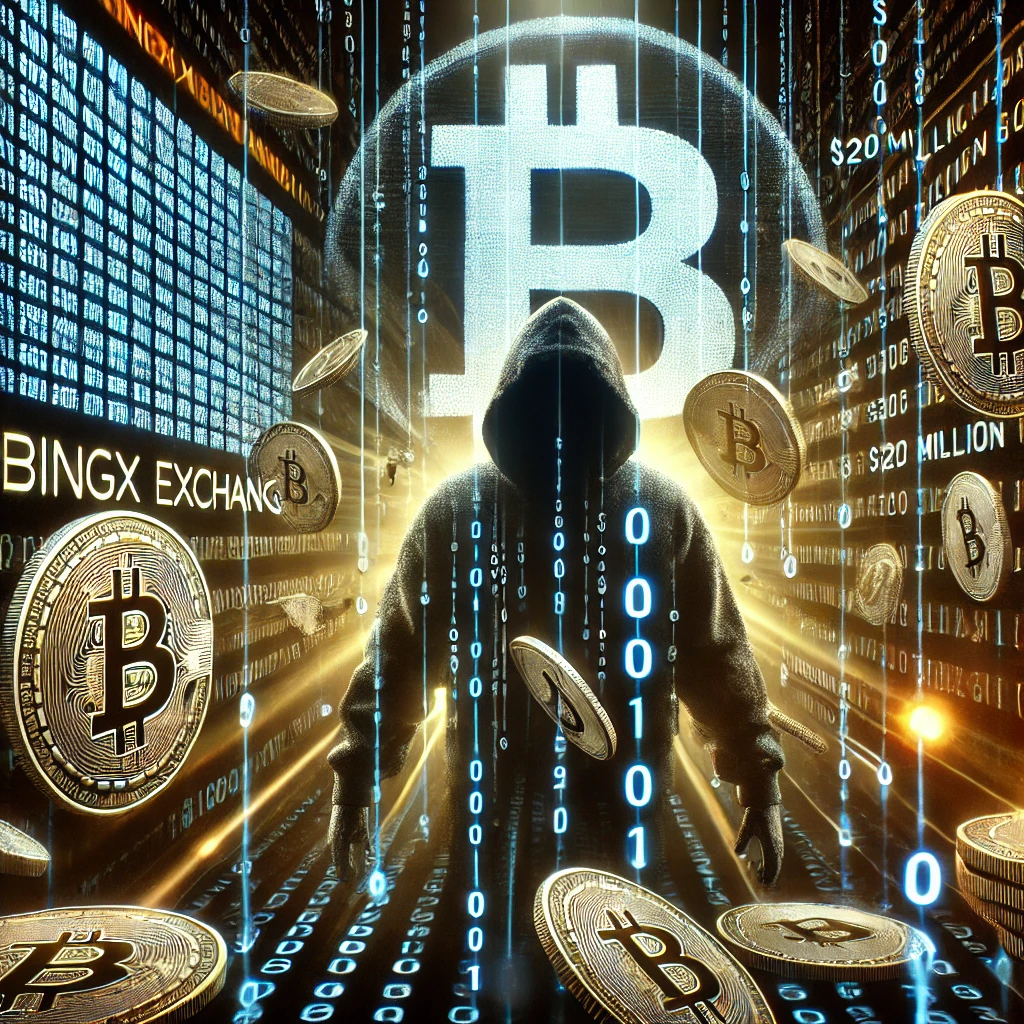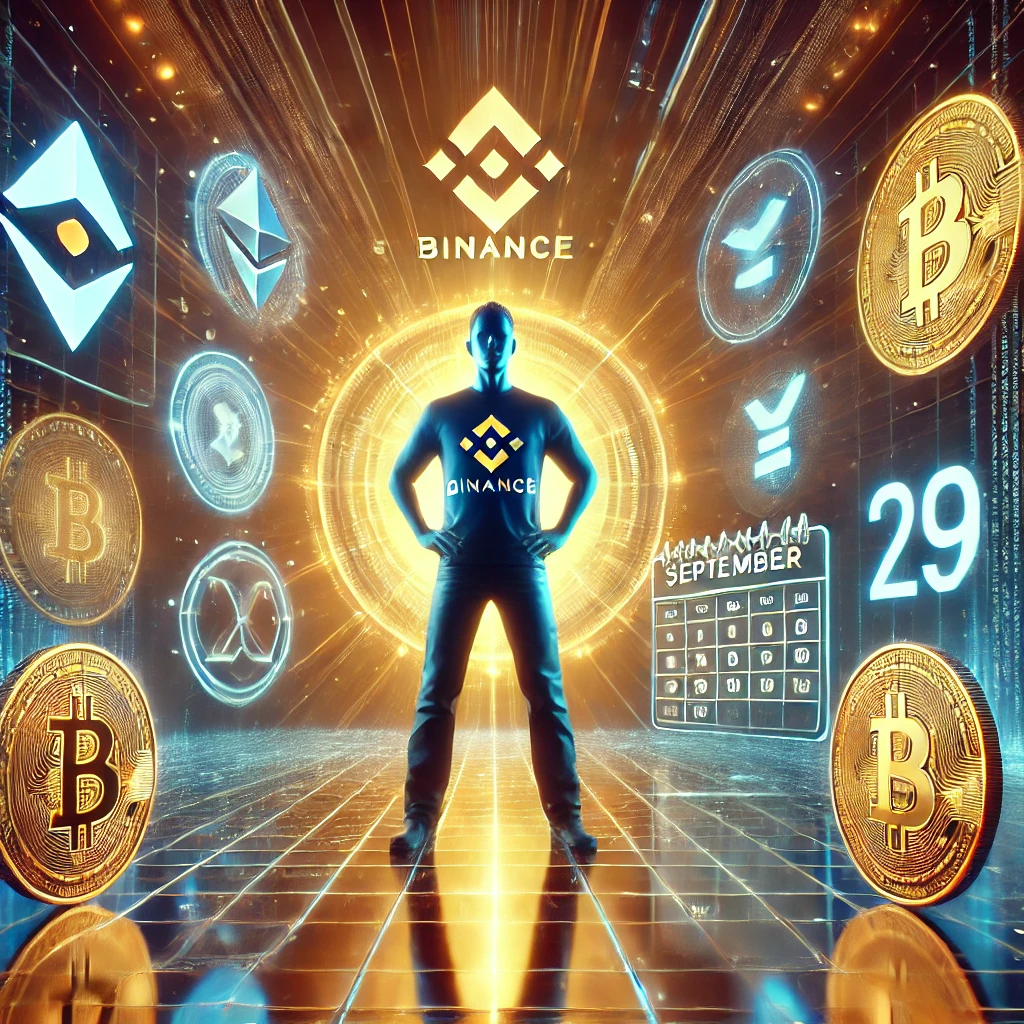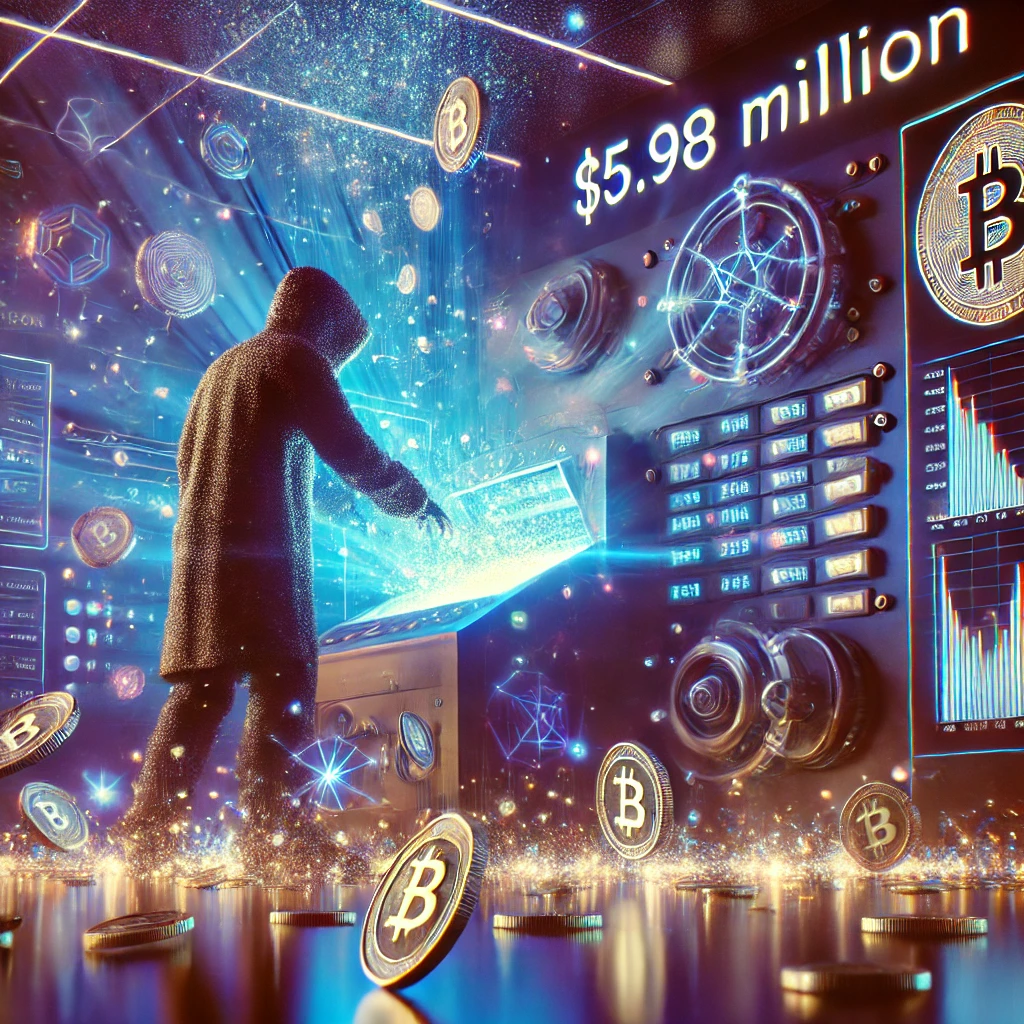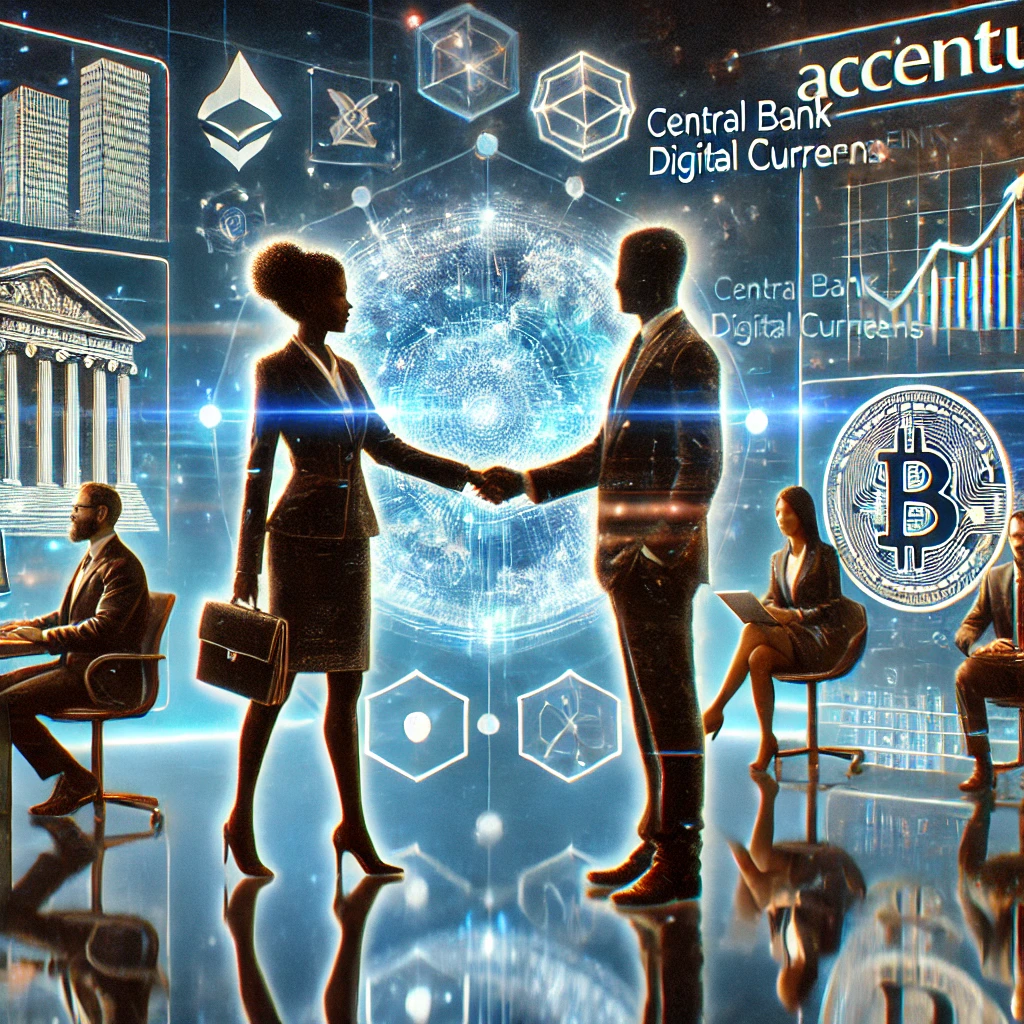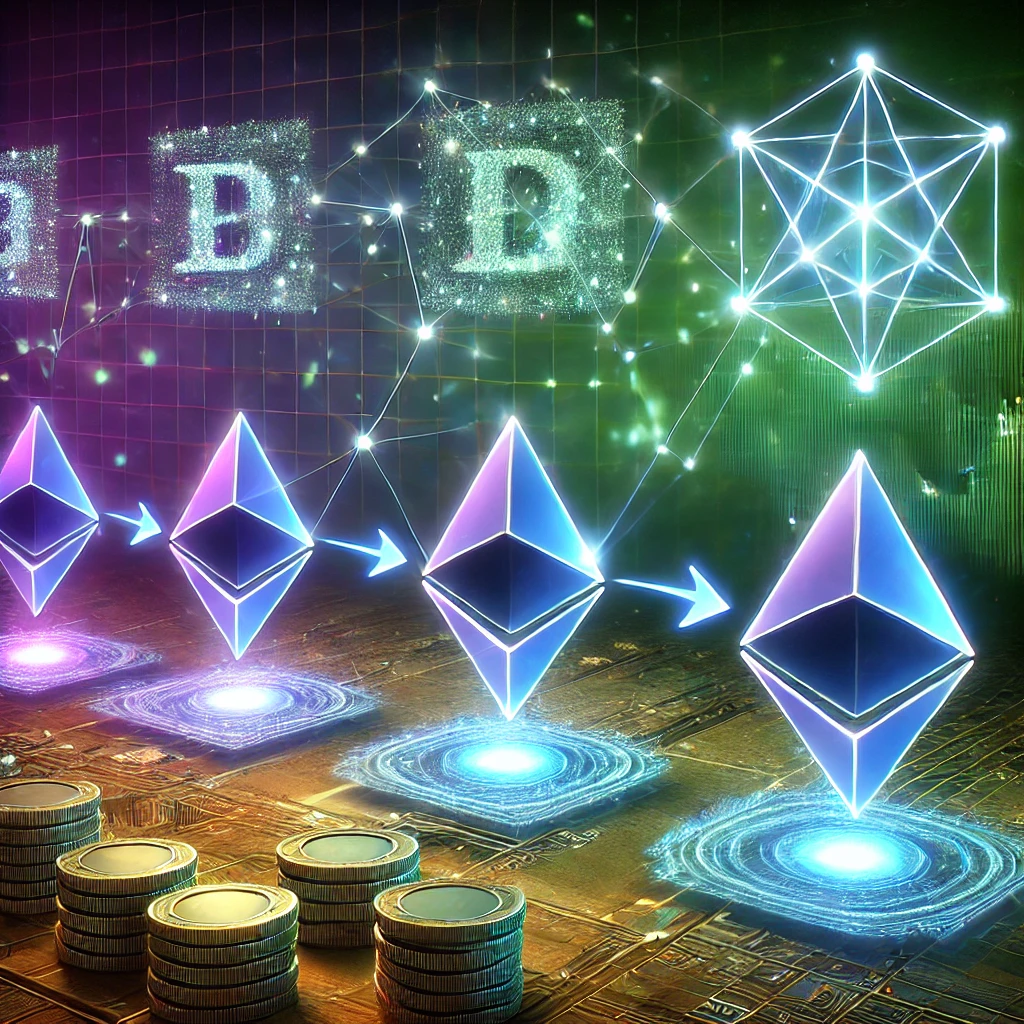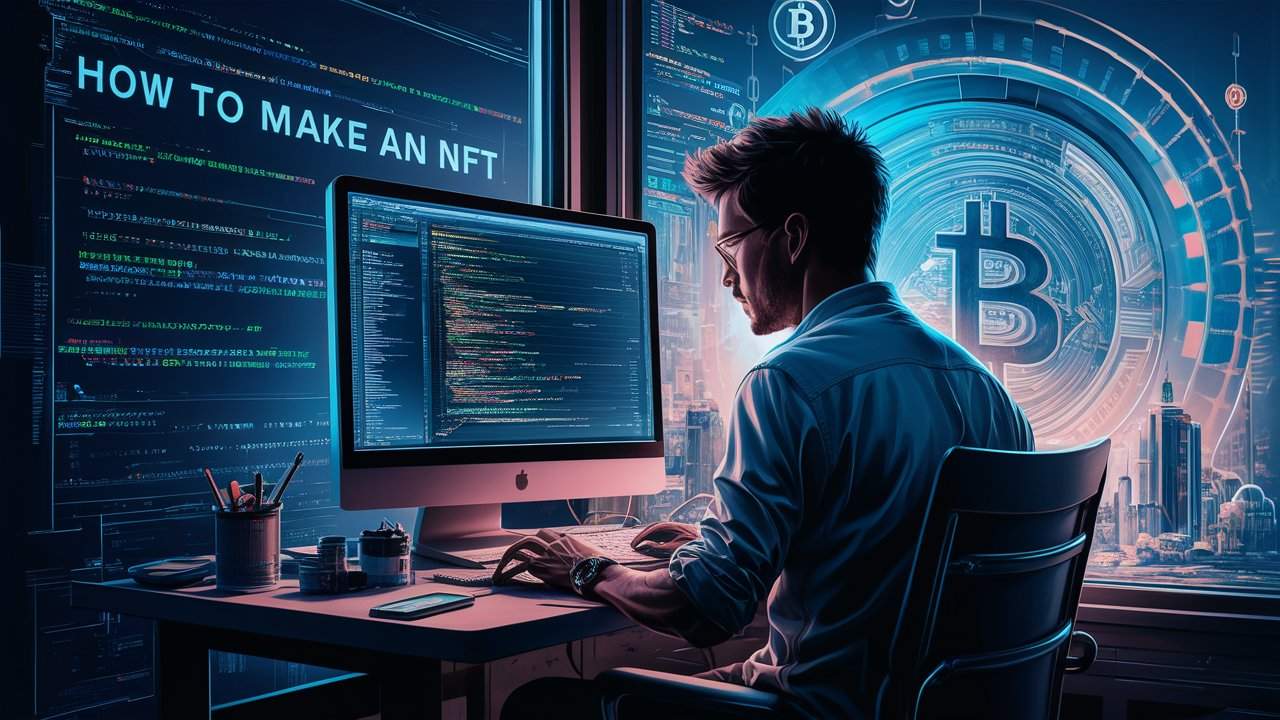
Estimated reading time: 10 minutes
NFTs, or Non-Fungible Tokens, are digital tokens that have become prominent in digital ownership. They represent unique assets on a blockchain, such as artwork, music, or virtual items. They are distinct from traditional cryptocurrencies like Bitcoin or Ethereum, which are fungible and can be exchanged for one another. Each NFT is one-of-a-kind, providing a certificate of authenticity and originality that verifies ownership of the digital item it represents.
The rise of NFTs has significantly impacted various industries, including art, music, and gaming. Artists can tokenize their digital creations, ensuring they receive credit and monetary value. Musicians can release exclusive tracks or albums as NFTs, offering fans unique content and experiences. In gaming, NFTs enable players to own rare in-game items, avatars, or even virtual real estate, transforming how gamers interact with digital environments.
Table of contents
Preparing to Create Your NFT
It is important to plan your approach carefully before creating an NFT. This involves deciding on the type of digital content you want to tokenize, setting up a digital wallet, and selecting the appropriate blockchain network. Let’s explore each of these steps.
Choose Your Digital Content
First, decide what type of digital asset you want to create as an NFT. Digital art, music, videos, animations, and virtual items are options. Each type of content requires specific tools and skills. For example:
- Art: Use software like Adobe Photoshop, Illustrator, or Procreate to create stunning digital illustrations and paintings.
- Music: Digital audio workstations like Ableton Live and FL Studio allow musicians to produce tracks and soundscapes for NFT creation.
- Animations and Videos: Programs like After Effects and Blender can help you design dynamic animations and video content.
Also read: Understanding Nonces in Blockchain: Key to Secure Transactions and Mining
Create a Digital Wallet
A digital wallet is essential for creating, storing, and managing NFTs. It facilitates transactions and stores the cryptocurrencies you’ll need for minting.
Setting up a digital wallet involves downloading the app, creating a new wallet, and securing it with a strong password. It’s crucial to back up your recovery phrase, as losing it means losing access to your wallet permanently.
Select a Blockchain
Choosing the right blockchain network is crucial for minting NFTs. Different blockchains offer various features, so consider transaction fees, speed, scalability, and community support. Here are some options:
- Ethereum is the most popular choice for NFTs. It is known for its robust ecosystem and compatibility with major NFT marketplaces. It supports standards like ERC-721 and ERC-1155.
- Solana: Offers fast transactions and low fees, making it an attractive option for creators concerned about costs.
- Flow: Designed for high-volume transactions, Flow is the blockchain behind platforms like NBA Top Shot.
- Binance Smart Chain: Provides a cost-effective alternative with good scalability.
When selecting a blockchain, consider your budget, the target audience, and the specific features you need for your NFT project. Each blockchain has strengths and trade-offs, so choose one that aligns with your goals.
Choosing an NFT Marketplace
Selecting the right NFT marketplace is important for effectively minting and selling your digital assets. Each platform offers unique features, fees, and community engagement levels. Here’s a look at some popular marketplaces and the factors you should consider when choosing one.
Popular NFT Marketplaces
OpenSea

OpenSea is one of the largest and most user-friendly NFT marketplaces. It supports various digital assets, including art, music, domain names, and virtual items. The platform offers a seamless user experience, making it an excellent choice for beginners and experienced creators. OpenSea’s extensive audience and diverse asset categories provide significant exposure to potential buyers.
Rarible
Rarible is a decentralized marketplace known for its focus on community-driven features. It allows creators to mint, buy, and sell NFTs while participating in platform governance through RARI tokens. Rarible supports multiple blockchains, such as Ethereum and Flow, providing creators with flexibility. Its emphasis on community engagement makes it a popular choice for artists looking to interact with buyers and other creators directly.
Also read: Everything you need to know about NFT: Their Mechanisms
Mintable

Mintable offers a user-friendly experience with its gasless minting options, making it particularly attractive for beginners who want to avoid high transaction fees. The platform provides both traditional and gas-free minting, allowing creators to choose based on their preferences and budget. Mintable’s intuitive design and straightforward process make it easy for newcomers to enter the NFT space without significant upfront costs.
Foundation
Foundation is an invitation-only platform that focuses on high-quality digital art. It provides a curated experience, ensuring that only top-tier artists and artwork are featured. This exclusivity helps maintain a high content standard, attracting serious collectors and art enthusiasts. Foundation’s emphasis on artistic integrity and quality makes it an ideal choice for established artists looking to showcase their work in a premium environment.
Factors to Consider When Choosing a Marketplace
Transaction Fees and Gas Costs
Transaction fees, or gas costs, can significantly impact your profit margins. Some platforms, like Mintable, offer gasless minting options to reduce these costs, while others may have higher fees due to network congestion, especially on blockchains like Ethereum. Evaluate the fee structure of each marketplace and consider how it aligns with your budget and pricing strategy.
Audience and Community Engagement
The audience and community engagement level can greatly influence your success as an NFT creator. Platforms like Rarible emphasize community-driven features, allowing creators to interact directly with buyers and fellow artists. Consider the type of audience each marketplace attracts and whether it aligns with your target demographic.
Platform-Specific Features and User Experience
Each marketplace offers unique features and user experiences that cater to different types of creators. For instance, OpenSea provides a broad range of asset categories, while Foundation offers a curated, high-quality art experience. Evaluate the features of each platform to determine which aligns best with your creative goals and the type of NFTs you wish to create.
Also read: Casio Enters NFT Market in Collaboration with Astar zkEVM
Minting Your NFT
Minting an NFT involves converting your digital creation into a unique token on the blockchain. This process requires several steps to ensure your digital asset is correctly set up for sale in a marketplace.
Connect Your Wallet to the Marketplace
Choose a Wallet: Select a digital wallet compatible with your chosen marketplace (e.g., MetaMask, Trust Wallet, or Coinbase Wallet).
Log into the Marketplace: Open the marketplace website or app (like OpenSea or Rarible) and look for the “Connect Wallet” option.
Select Wallet Type: Click on your wallet type from the list of supported options.
Authorize the Connection: Follow the on-screen prompts to authorize the connection between your wallet and the marketplace. This may involve signing a message in your wallet to confirm your identity.
Verify Connection: Ensure your wallet is successfully connected, usually indicated by your wallet address appearing on the platform.
Upload Your Digital File
Once your wallet is connected, the next step is uploading your digital file to the marketplace.
Choose File Formats: Depending on the content type, ensure your digital asset is in a supported format, such as JPEG, PNG, MP4, GIF, or WEBM.
Optimize Resolution: High-resolution files are crucial for showcasing your work’s quality. However, balance this with file size to ensure quick loading times and a smooth user experience. Use tools like Photoshop or online compressors to adjust resolution without losing quality.
Maintain Aspect Ratio: To prevent distortion when displayed on different devices, keep your original aspect ratio intact. Ensure your file is appropriately cropped and formatted for optimal presentation.
Add Metadata and Information
Metadata provides essential details about your NFT, enhancing its appeal and searchability:
Title and Description: Create a catchy title and a detailed description that tells the story of your NFT. Explain its inspiration, purpose, and unique aspects that set it apart.
Properties and Attributes: Add specific properties or traits related to your NFT, such as rarity level, edition number, or special features. This helps collectors understand its value and uniqueness.
Unlockable Content: Offer buyers additional content, such as high-resolution files, behind-the-scenes videos, or exclusive offers, which can only be accessed after purchase.
Set Pricing and Royalties
Decide how you want to price your NFT and earn from future sales:
Pricing Strategy: Choose between a fixed price or an auction model. Fixed pricing offers straightforward sales, while auctions can create excitement and drive higher bids.
Royalties: Set a percentage of royalties you wish to receive from secondary sales. This ensures you earn a portion of any future resale of your NFT, providing ongoing revenue as its popularity grows.
Minting Process
Follow Marketplace Instructions: Each marketplace has a specific minting process. Follow the prompts to upload your digital file, enter metadata, and finalize your NFT.
Pay Minting Fees: Most platforms require a minting fee, often paid in cryptocurrency. Ensure your wallet is funded with the required amount to cover this cost.
Confirm Minting: After payment, confirm the minting process. Your NFT will be created and listed for sale on the marketplace, ready for buyers to discover.
Also read: Everything You Need to Know on How to Buy and Sell NFTs
conclusion
Creating and selling an NFT is an exciting process that combines creativity, technology, and entrepreneurship. To begin, you’ll need to select your digital content, whether art, music, or a virtual item, and develop it using appropriate tools like Photoshop for images or Ableton for music. Next, set up a secure digital wallet, such as MetaMask or Trust Wallet, to store your NFTs and manage transactions. Once your wallet is ready, choose a blockchain network that suits your needs. Popular options include Ethereum, Solana, and Binance Smart Chain, each offering different features and costs.
Choosing the right NFT marketplace is another crucial step. Platforms like OpenSea, Rarible, Mintable, and Foundation cater to different audiences and offer various features. Once you have selected a marketplace, you can mint your NFT by uploading your file, adding metadata, and setting a price. Listing your NFT involves creating an engaging profile with high-quality visuals and a compelling description to attract buyers.
Innovation is key in the evolving NFT space. Don’t hesitate to experiment with new ideas, whether digital art, collectibles, or interactive experiences. With the right approach, you can significantly impact the NFT community and share your unique creations with the world.
From our partners On Chain Media: The Rise of Blockchain-based Video Streaming: Exclusive Interview With Replay CEO Michael Jelen
Frequently Asked Questions (FAQs)
NFTs, or Non-Fungible Tokens, are unique digital assets stored on a blockchain. Unlike cryptocurrencies such as Bitcoin or Ethereum, which are fungible and can be exchanged for one another, NFTs are unique and represent ownership of a specific item or piece of content, such as art, music, or collectibles. Each NFT has distinct metadata that verifies its authenticity and ownership.
When selecting a blockchain for your NFT, consider factors like transaction fees, speed, scalability, and the type of community support available. Ethereum is the most popular choice due to its extensive ecosystem and support for major NFT marketplaces. However, alternatives like Solana and Binance Smart Chain offer lower transaction costs and faster processing times, making them appealing to budget-conscious creators.
Several tools can help you create high-quality digital art for NFTs. Adobe Photoshop, Illustrator, and Procreate are popular visual art tools. Musicians might use Ableton Live or FL Studio to produce tracks, while animators might turn to After Effects or Blender for dynamic content. These tools provide the capabilities needed to produce professional-grade NFTs across various mediums.
To market your NFT, leverage social media platforms like Twitter, Instagram, and TikTok to showcase your work. Engage with NFT communities on Discord and Reddit to build connections and increase exposure. Collaborate with other artists or influencers to reach a broader audience, and consider participating in virtual events or NFT drops to create buzz around your creations.
Discover more from The African Crypto
Subscribe to get the latest posts sent to your email.

